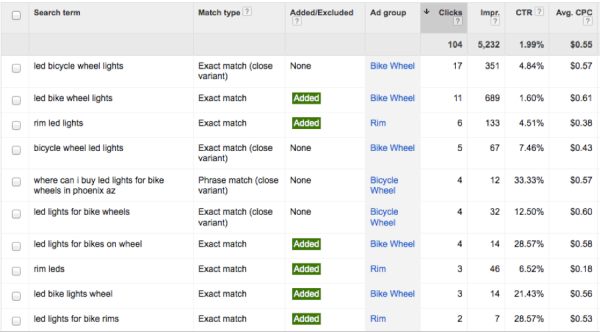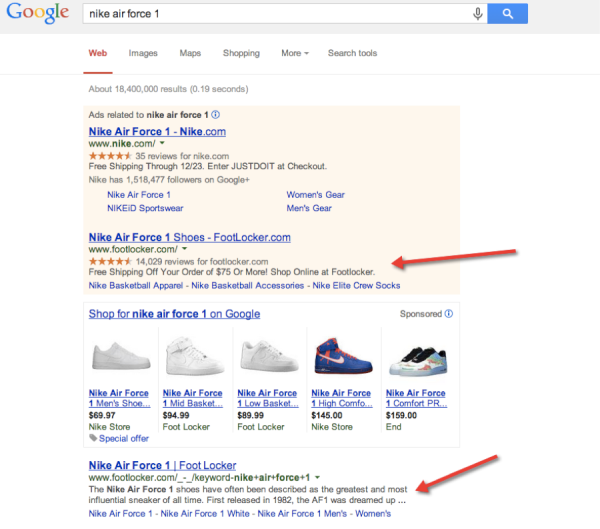How To Use Paid Search To Aid Your SEO
- Fahad H

- Nov 22, 2013
- 3 min read
A lot has changed in the world of search marketing over the last year. From Enhanced Campaigns to Hummingbird and not provided, search marketers have had to rethink and re-calibrate their strategies significantly. Some changes caused more uproar than others; but, one thing has become increasingly clear: the art and science of both SEO and paid search, respectively, are on a crash course, and a consolidated strategy is required to get the most out of both channels.
At my agency, we’ve been working on ways to get more creative with our PPC campaigns in order to directly benefit our SEO efforts. PPC has much more immediate and measurable results than SEO, and as a result, we can use paid search as a testing environment for SEO strategies. The goal is to provide a proof of concept before investing any long-term resources into a project.
In the holiday spirit, we’d like to share three of the concepts we’ve tested and had some success with.
1. Keyword Identification
Both paid search and SEO revolve around keyword lists. Paid search provides one of the cleanest environments for organically identifying search queries used to reach your site.

Search Query Reporting
When using paid search to inform your SEO keywords, you should:
Identify the highest converting and highest cost-per-click keywords in your paid campaigns driving high value visits
Organize by difficulty to rank organically on these terms through Google keyword planner and SERP analysis
Prioritize SEO resources to rank for converting and/or high-value, visit-generating search terms by developing and promoting content around those terms.
2. Title & Meta Description Testing
Paid search ad copy consists of a maximum 95 characters. Meta descriptions are optimally 155 characters. Those aren’t exact matches, but the character limits are close enough to legitimize a testing ground for user preference.
AB test description snippets in ads tied to relevant keywords. Let click-through rates dictate description evolution while considering Quality Score improvements as Google’s way of suggesting what is and isn’t relevant.

Meta Description Opportunities
In the example above, Foot Locker could use proven paid search ad copy to write up an engaging meta description.
3. “Proof Of Content” Testing
Targeting a highly competitive term for SEO can be costly. Working all the way to the top only to find out that your content is not what users are looking for is both frustrating and a waste of resources.
Paid search can be an effective way to quickly and efficiently send traffic to new content to gauge user reaction and test interaction rates. If users like the content, so should Google.
Build out a handful of ad groups with highly relevant keywords and ad copy directing traffic to the content you wish to promote. If the call-to-action is clear, then the data should tell you fairly quickly whether or not the content is viable and potentially valuable.
The cost to generate a statistically significant amount of data via paid search is far less than the cost of technical resources to rank organically in a top position.
Concluding Thoughts
Whether your marketing department is on a shoestring budget or you work for a large corporation with unlimited resources, you need to be intelligent about prioritizing your search marketing efforts. Chances are your paid search team is already doing most of these tasks and can easily incorporate some ad hoc analysis to aid SEO efforts.
If you choose to test any of these concepts, please reach out and let us know how they work for you.








Comments